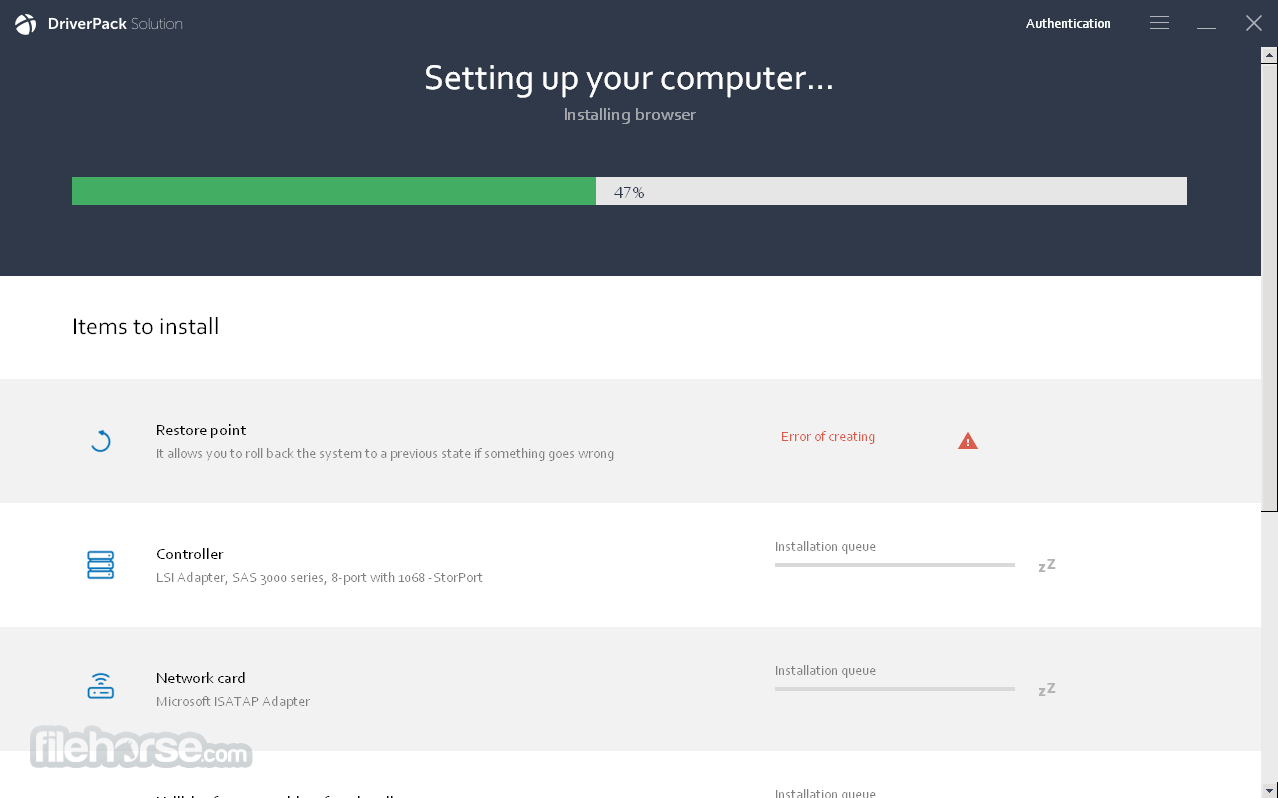
This is the walk through on how to format USB drive via command line. DISKPART> CleanĭiskPart succeeded in creating the specified partition.ĭiskPart marked the current partition as active. Do so either by clicking the Windows logo in the bottom-left corner of the screen, or by pressing the Win key. Many guides for creating a bootable USB, such as those used to run PC recovery software or to update the system BIOS or install Windows require that the USB. If the computer starts up, which may take longer than usual, and shows the Windows 10. When the boot menu appears, select the USB drive. This varies from computer to computer, but it is usually the ‘Escape’, ‘F10’ or ‘F12’ key. To do so, plug it into one of your PCs USB ports, which resemble thin, rectangular slots on your computers housing. This can be done by restarting the computer and holding the key that opens a boot-device selection menu.

Note here I chose to format in NTFS you may use format such as FAT32 etc. Connect the USB flash drive to your computer. Select disk x (x represents your USB drive)*įor the example here my disk is #4, it should look something like below. This should give you something look like below. Type “ DISKPART” and Hit Enter, from the diskpart prompt, type “ list disk” and hit enter. Today we will go over how to format USB drive via the command line. Then, you will see all the available disk on your computer. Then, type diskpart in the command prompt window and press Enter to open it. While do this via GUI is simple and easy, if you want to repeat this for several USBs or automate this action, you probably want to do that via the command line to run as a batch script. Method 3: Clear flash drive in Windows 10 by DiskPart. Wait for the drive to format then click OK to finish the process.


You plug in the USB drive and find it Windows File Explorer, and right-click > Format. If the File system isn't listed as FAT32, click on the drop-down menu and choose it. Formatting a USB Drive can be pretty straightforward.


 0 kommentar(er)
0 kommentar(er)
